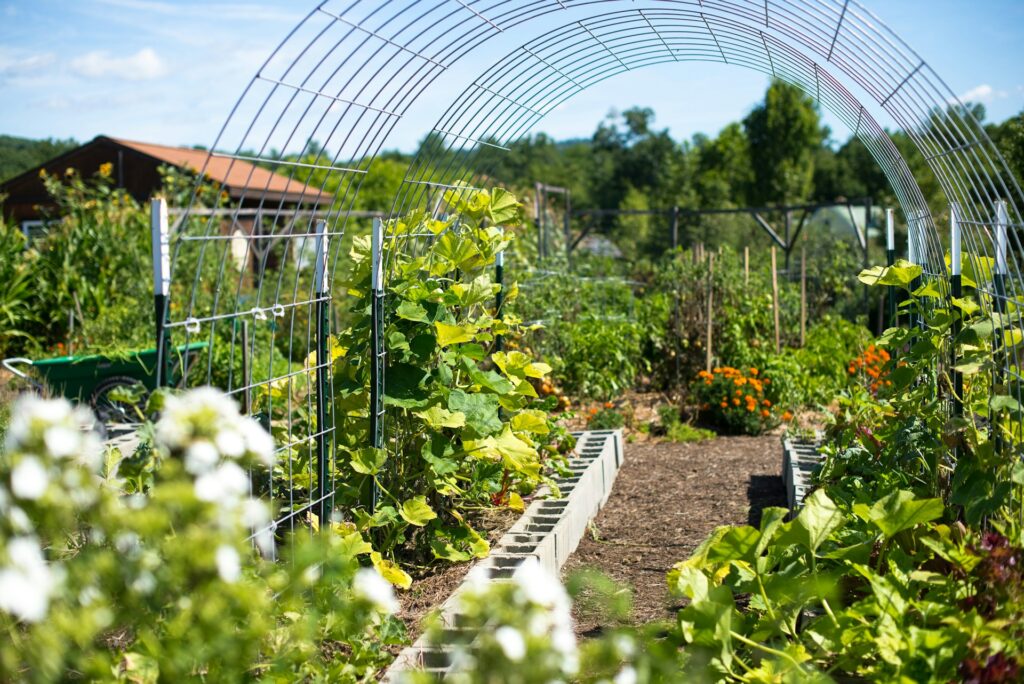
Why should you make a permaculture garden at all?
If you’re someone who’s passionate about sustainability and self-sufficiency, creating a permaculture garden is an incredibly rewarding way to contribute to a healthier planet while reaping the benefits of a thriving ecosystem right in your own backyard.
Permaculture gardening is all about designing a sustainable and regenerative ecosystem that mimics natural patterns and cycles. It’s a way to work with nature, not against it, and to produce healthy food while improving soil health, conserving water, and supporting beneficial insects and wildlife.
Imagine having an abundant harvest of fresh, organic fruits and vegetables without the use of harmful chemicals, or enjoying the sweet melody of birdsong as you tend to your garden. Picture a vibrant and diverse ecosystem where bees, butterflies, and other pollinators thrive alongside your plants. Permaculture gardens can also provide other benefits like reducing erosion, sequestering carbon, and improving air quality.
The possibilities for a permaculture garden are endless. Some people have even transformed urban rooftops or vacant lots into thriving permaculture gardens. Whatever your space or resources may be, there are plenty of ways to get started and make a positive impact on the environment.
Common Mistakes when setting up and starting a permaculture garden:
1. Not designing the garden properly. Designing and planning is a critical part of permaculture, and a poorly designed garden can be a thorn in your side for many years to come. Based on your initial observations, you should have a good idea of different factors such as shade, elevation, and areas where children will play or people will gather, which you can plan around.
- Also, take note of water sources you’ll use and plan around them. Failing to plan for water management can lead to water waste, erosion, and poor plant growth. It’s important to design systems that capture and store water, and use it efficiently.
- Think about where you want to put various annual or perennial plants and how much space they’ll take up as they grow over time.
2. Trying to do too much at once. It’s common for beginners to get excited and want to do everything all at once, but this can lead to burnout and disappointment.
It’s important to start small and gradually build up your knowledge and skills over time.
If you’re on a tight budget, implementing changes gradually can also be helpful. It is important to observe the site and its natural patterns, so take your time.
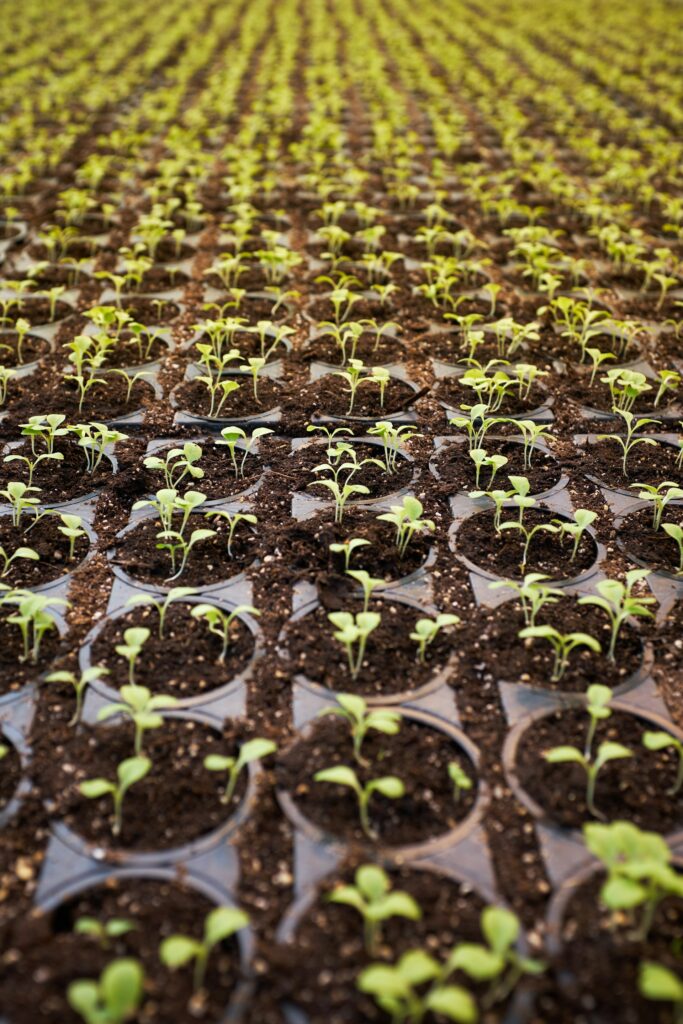
3. Not designing for multiple functions. For example, a plant might not just provide food, but also offer a place for animals to live and improve the quality of the soil. If we don’t design with this in mind, we might end up with a system that is not diverse or strong. To avoid this, we need to think about all the different purposes that each part of the system can serve, and design accordingly. This way, we can create a system that is resilient and has many benefits.
4. Failing to incorporate natural pest management. Permaculture emphasizes the use of natural pest management techniques, such as companion planting, crop rotation, and predator habitat. Failing to incorporate natural pest management can lead to reliance on synthetic pesticides, which can disrupt the balance of the system. It’s important to prioritize natural pest management techniques.
5. Not using companion planting. Companion planting is the practice of planting two or more plant species together for mutual benefit, such as pest control or nutrient sharing.
Failing to use companion planting can lead to reduced productivity and biodiversity. It’s important to consider the benefits of companion planting when designing the system.
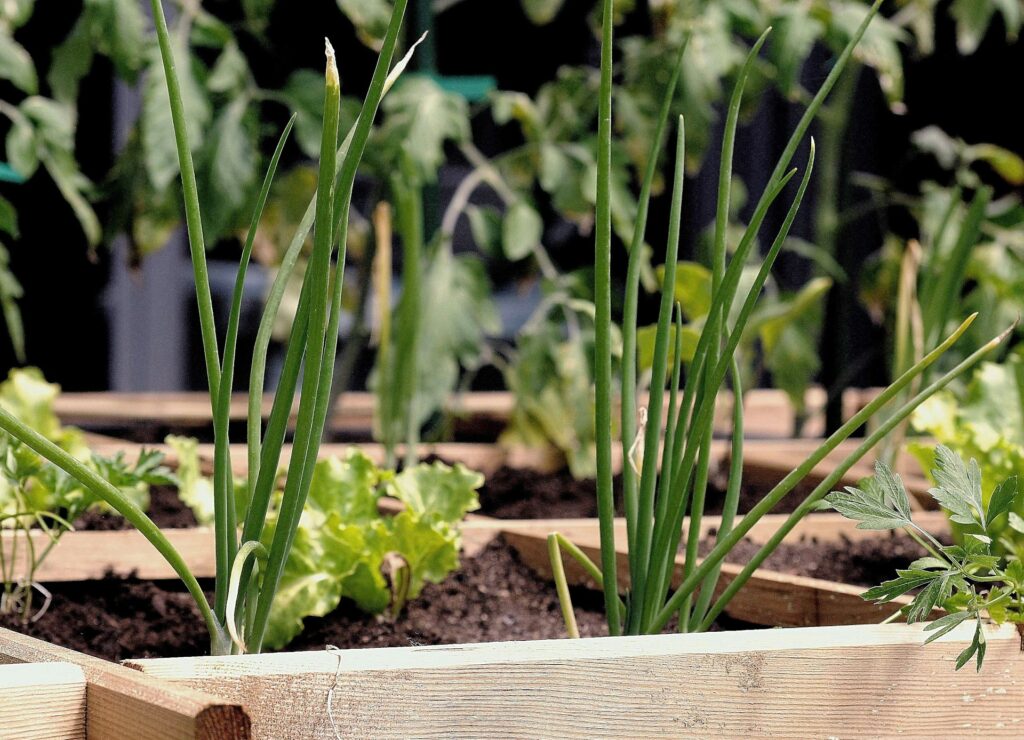
6. Using synthetic inputs. Permaculture emphasizes the use of natural and renewable inputs, such as compost and cover crops. Using synthetic inputs can disrupt the balance of the system and lead to pollution and waste.
7. Failing to consider the local climate. Permaculture systems should be designed to work with the local climate, considering factors like rainfall, temperature, and wind. This involves selecting climate-adapted plant species, constructing weather-resistant structures, and implementing water management systems that align with local rainfall patterns. Designing a system tailored to the local climate maximizes productivity and reduces potential climate-related issues.
8. Failing to integrate animals into the system. Animals, such as chickens or ducks, play an essential role in many permaculture systems, providing food, manure, pest control, and other benefits.
Raising small animals can be a fun and rewarding experience since they can also serve as pets. Often, people end up treating these animals like part of their family, not just as a food source.

9. Not prioritizing soil health. Soil health is critical to the success of any permaculture system, as it provides the foundation for plant growth and ecosystem function. Failing to prioritize soil health can lead to a lack of productivity and diversity. It’s important to focus on soil-building practices, such as cover cropping, composting, crop rotation and mulching.
- As a general rule, it’s recommended to add compost to the garden at least once a year in early spring. Twice a year compost is added in the spring before planting season and in the fall after harvest.
- Rotating crops is important for preventing soil-borne diseases and pests. Growing tomatoes in the same spot year after year can lead to a buildup of soil-borne diseases such as Verticillium wilt, which can reduce yields and kill plants. Similarly, growing cabbage in the same spot can attract pests like cabbage worms.
- Digging and Disturbing the Soil can have a negative impact on soil health by disrupting soil structure, reducing microbial activity and nutrient availability, and exposing weed seeds to light and air, which can lead to their germination. To minimize soil disturbance, gardeners can use no-till methods, which involve planting directly into undisturbed soil, or low-till methods, which involve minimal soil disturbance.
- Planting into areas with low fertility without improving the soil can lead to poor plant growth and low yields. It’s important to take steps to improve soil fertility before planting, such as adding compost, organic matter, and fertilizers, or by using cover crops to add nitrogen and other nutrients to the soil.
- Leaving areas of bare soil can lead to soil erosion caused by wind or rain, which in turn can wash away soil nutrients and damage soil structure. This can make it difficult for plants to grow, ultimately decreasing productivity. Nutrient leaching and compaction can also occur, which can further damage the soil structure and make it less hospitable for plants and microorganisms. Additionally, bare soil can cause water runoff and reduce infiltration, ultimately leading to soil degradation and an increased risk of flooding.
- On the other hand, covering the soil with mulch, cover crops, or living plants can help to protect the soil, retain moisture, and improve nutrient cycling. These practices also promote the growth of beneficial microorganisms and insects, which can improve soil health and reduce pest populations. In fact, some studies have shown that soil covered with vegetation can contain up to 80% more microorganisms than bare soil. Therefore, it’s important to aim for as much soil coverage as possible in order to promote a healthy and productive garden.
10. Overplanting. Permaculture emphasizes the importance of diversity and interplanting, but it’s also important to avoid overplanting.
Overplanting can lead to competition for resources and reduced productivity.
It’s important to plant at appropriate densities and consider the growth habits of each plant.
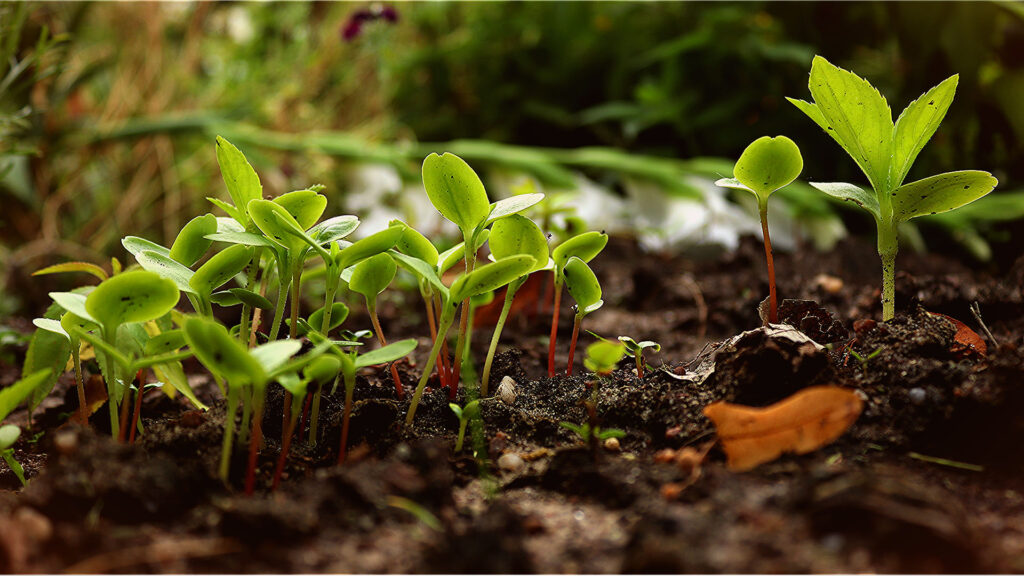
11. Not planning for succession. Permaculture systems are meant to be sustainable and self-renewing, but this doesn’t mean they can be left alone to continue indefinitely without any management. One of the biggest mistakes made in permaculture is failing to plan for succession, which is the process of replacing old or dying plants with new ones to maintain the productivity and biodiversity of the system.
- In an annual vegetable garden, planning for succession means planting crops in a sequence that ensures a continuous harvest throughout the growing season. For example, planting early-season crops like peas and lettuce, followed by mid-season crops like tomatoes and peppers, and ending with late-season crops like winter squash and pumpkins.
12. Failing to prioritize biodiversity. Biodiversity is critical to the health and productivity of permaculture systems, providing a range of ecological benefits.
Failing to prioritize biodiversity can lead to a lack of resilience and productivity in the system. It’s important to prioritize biodiversity in the design and implementation process.
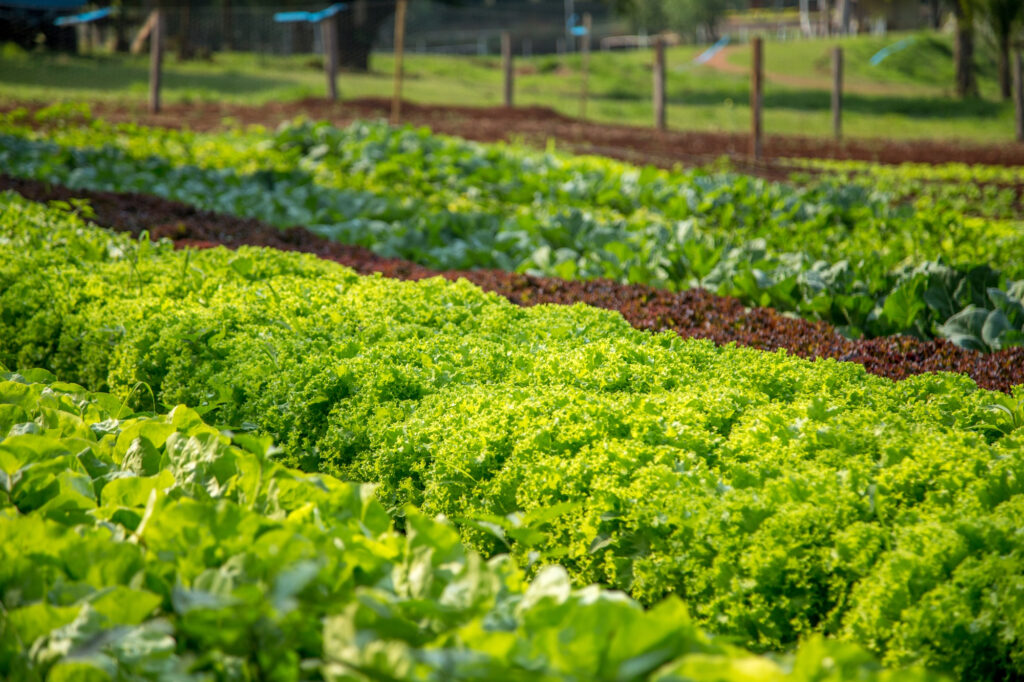
- Planting only a few varieties of crops or not including plants that attract beneficial insects or pollinators can lead to a lack of diversity and resilience in the system.
- Neglecting to include different layers in the garden, such as groundcovers, shrubs, and trees, can lead to a lack of vertical diversity. Each layer can provide habitat for different species and help create a balanced ecosystem.
- Not Thinking about the Wildlife in Your Garden. Prioritizing the needs of wildlife in your garden is not only good for the environment but also for the productivity and beauty of the garden. Incorporating elements such as native plants, nesting boxes, and bird feeders can attract beneficial insects and animals that help pollinate plants and control pest populations.
13. Not making the most of your space. By maximizing the space available, you can increase productivity and yield while reducing the amount of wasted space.
This can be achieved through techniques like:
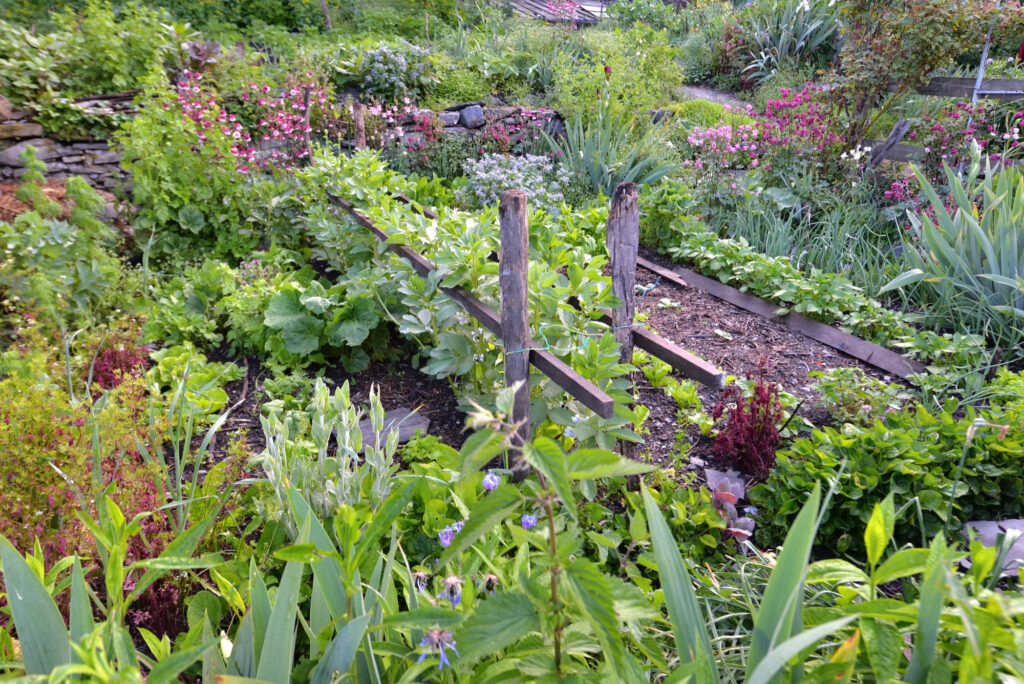
- Intercropping: It involves planting different crops in the same bed to make the most of space and resources. For example: Carrots and Onions: Planting onions between rows of carrots can help to repel carrot flies, while the carrots help to shade the onions and retain moisture in the soil.
- Succession planting: It involves planting crops in stages to ensure a continuous harvest throughout the growing season. After harvesting the first batch of crops, a new crop is immediately planted in the same space. For example, you can plant peas or broad beans in early spring, followed by lettuce, radishes, or spinach once the beans are harvested. Then in August, plant some autumn/winter crops like kale or pak choi. After harvesting these, you can plant overwintering crops like garlic or onions.
- Vertical Gardening: Using trellises, cages, or other structures to grow plants vertically can help to save space and create a visually appealing garden. Vining plants like cucumbers, squash, and beans are great candidates for vertical gardening.
- Container Gardening: Growing plants in containers can be a great option for small spaces, balconies, or patios. Container gardening allows you to grow a wide range of plants, including vegetables, herbs, and flowers.
- Raised Bed Gardening: Raised beds allow you to plant in a more concentrated area and can help to improve soil health. You can also control the soil quality, drainage, and nutrient levels in a raised bed.
- Square Foot Gardening: This method involves dividing a garden bed into small, square sections to maximize space and improve plant productivity. By planting crops close together and in precise configurations, you can grow more food in a smaller area.
- Intensive Gardening: Similar to square foot gardening, intensive gardening involves planting crops close together and in specific patterns to make the most of available space. This method can increase yields and reduce the amount of wasted space in the garden.
14. Failing to plant at the correct time. Planting at the correct time is crucial for success, especially for crops that require warm weather.
Planting warm-weather crops like tomatoes or peppers too early can result in stunted growth and reduced yields.
Similarly, planting cool-weather crops like lettuce or spinach too late can cause bolting and reduced yields.

15. Choosing the Wrong Seeds and Plants For Your Soil. Some plants prefer acidic soil, while others prefer alkaline soil. Some need well-draining soil, while others prefer soil that holds moisture well. And some plants, such as legumes, can fix nitrogen in the soil, while others require additional nitrogen fertilizer. To avoid this mistake, it is essential to test your soil before planting and research the specific soil requirements of the plants you intend to grow.
16. Choosing varieties that don’t really taste that good: It is a common mistake that can lead to disappointment and wasted resources. To avoid this mistake, it is crucial to do some research before selecting the plants you want to grow. You should choose plants that are known for their flavor and suitability for your climate and soil type. It is also a good idea to consult with experienced gardeners or nursery staff who can provide advice and recommendations based on their experience.
- Another useful tip is to try growing heirloom varieties of vegetables and fruits. These are old-fashioned, open-pollinated varieties that have been passed down through generations of gardeners. They often have superior flavor and texture compared to newer hybrid varieties that are bred for uniformity and shelf life rather than taste. By growing heirloom varieties, you can enjoy delicious and unique produce while also preserving biodiversity and genetic diversity in the garden.
17. Spending too much money when you don’t have to. It’s easy to get carried away with the excitement of gardening and spend more than necessary. Fancy tools, expensive fertilizers, and unnecessary gadgets. However, gardening can be budget-friendly; you don’t need much money for a successful garden.
- In the UK, the average household spends approximately £670 per year on gardening, according to Statista. This figure encompasses various gardening-related expenses such as plants, garden furniture, and other equipment. However, with some planning and resourcefulness, you can significantly reduce this cost and still have a thriving garden. Save money and enjoy gardening benefits by reusing materials, making compost, and using rainwater for watering plants.
18. Watering Too Much or not enough. Overwatering saturates soil, depriving roots of oxygen and causing root rot. Underwatering stresses plants, stunting growth and wilting leaves.
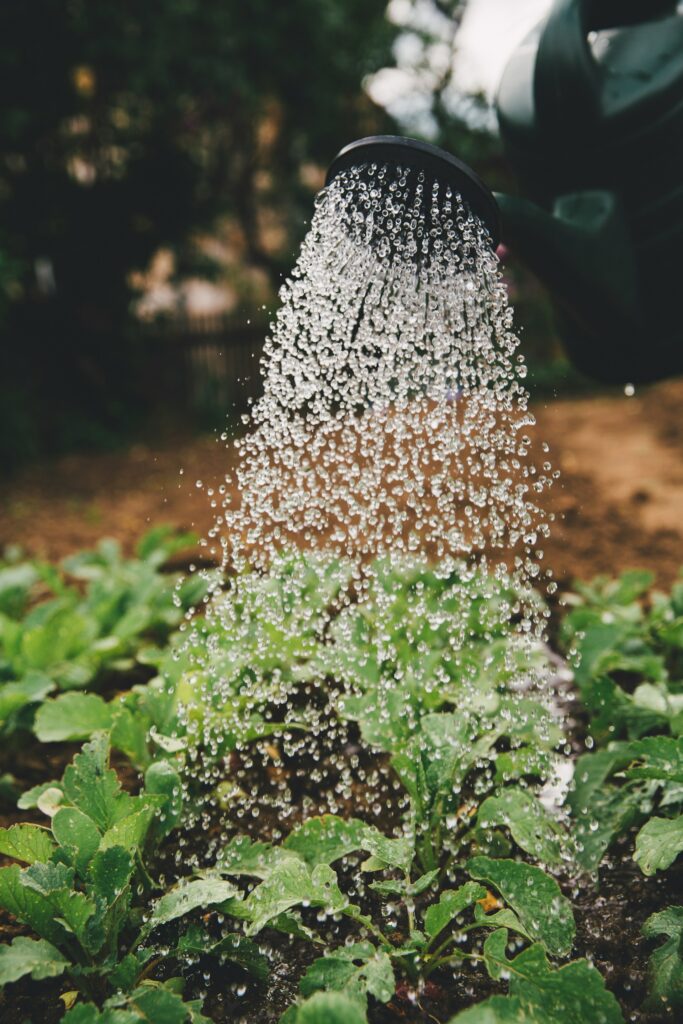
- A good rule is to water deeply but infrequently, allowing the soil to dry out slightly between watering sessions.
- Watering in the morning allows the plants to dry out during the day. This reduces the risk of fungal diseases caused by moisture sitting on leaves for extended periods.
- Using a drip irrigation system or soaker hose efficiently delivers water, minimizing waste and ensuring it reaches plant roots.
19. Getting overwhelmed by weeds. To prevent weeds from taking over, it’s important to take preventative measures such as mulching or using weed barriers. It’s important to remove weeds as soon as they appear, before they have a chance to seed and spread. Regular weeding can also help keep the weed population under control.
- Interestingly, some weeds can actually be beneficial in a garden. For example, dandelions with deep taproots bring up nutrients and attract beneficial insects like ladybugs and bees. Other weeds, such as clover, can help fix nitrogen in the soil, which can be beneficial for other plants.
- While weeds can be a nuisance, they can also have some benefits. For example, some weeds can provide food and shelter for wildlife, while others can be used for medicinal purposes.
- Some weeds are edible. While correct identification is important, some weeds such as purslane, chickweed, and lambsquarters are edible and nutritious.
- Weeds can indicate soil quality, such as nettles and dandelions thrive in nutrient-rich soil. Conversely, weeds such as thistles and ragweed can grow in soil that is compacted and low in nutrients.
20. Failing to thin out seedlings when required. Can lead to overcrowding and competition for resources such as water, nutrients, and light.
This can result in stunted growth, lower yields, and an increased risk of disease and pest problems.
Thinning seedlings allows the remaining plants to develop stronger root systems and better access to resources, resulting in healthier and more productive plants.
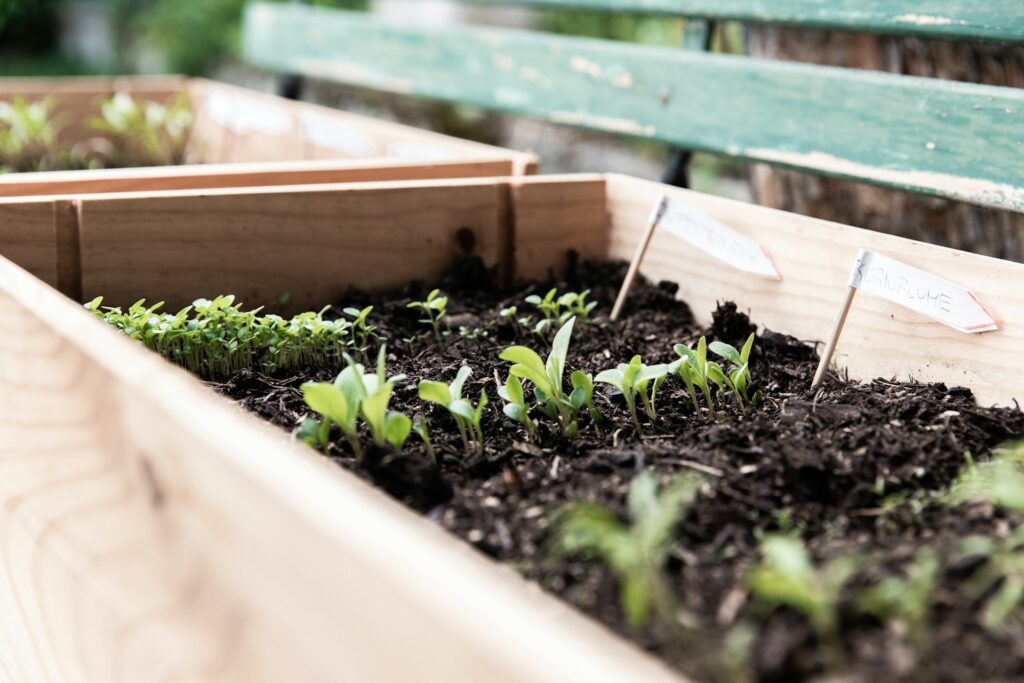
- Thinning is especially important for root crops such as carrots, beets, and radishes. If these plants are not thinned, their roots may become misshapen and stunted due to overcrowding.
- In addition, thinning can be a great opportunity to enjoy some early garden harvests. Seedlings that are removed during thinning can be used in salads or cooked as a delicious side dish.
- It can be a great opportunity to transplant the excess seedlings to other parts of your garden or share them with other gardening enthusiasts.
- Pricking out seedlings involves carefully removing individual seedlings from a tray or pot and replanting them in their own container. You need to separate the seedlings from each other gently, being cautious not to damage their roots. Then replant them in fresh soil at the appropriate depth, providing the seedlings with more space to grow and develop stronger root systems.
21. Neglecting to hire a permaculture garden designer. Without professional guidance, beginners may overlook key elements that enhance the sustainability and efficiency of their permaculture garden. Moreover, designing and implementing a permaculture garden requires careful consideration of various factors, including soil health, water management, and plant selection, which can save money in the long run by preventing costly mistakes and ensuring the garden’s success.
You can Order your Permaculture Design at our website, tailored to suit any scale. From small gardens to vast farms, providing you with an opportunity to cultivate sustainability, maximize productivity, and reconnect with nature in a harmonious and regenerative way.
Learn more:

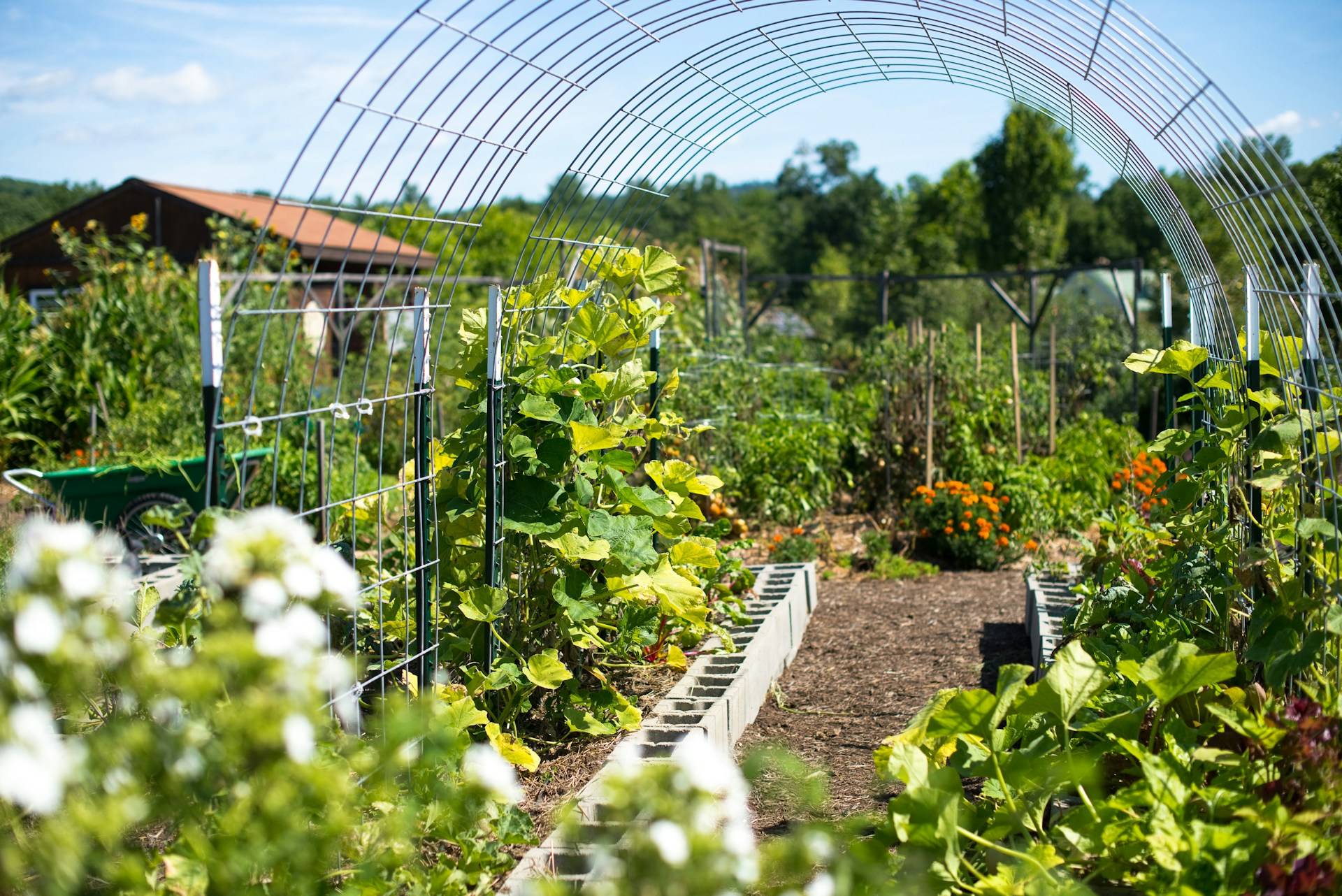
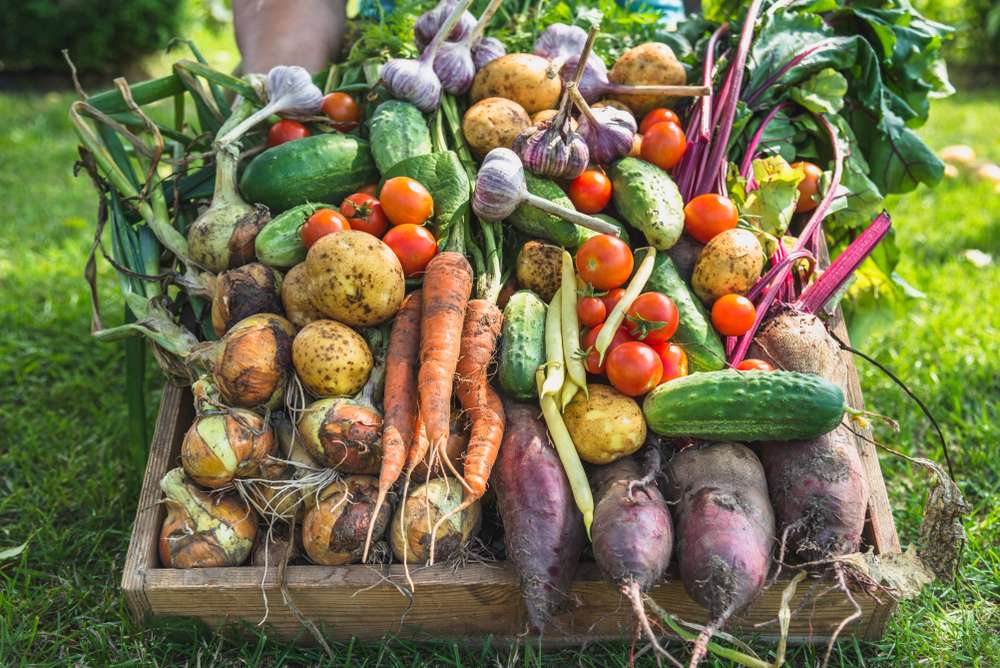
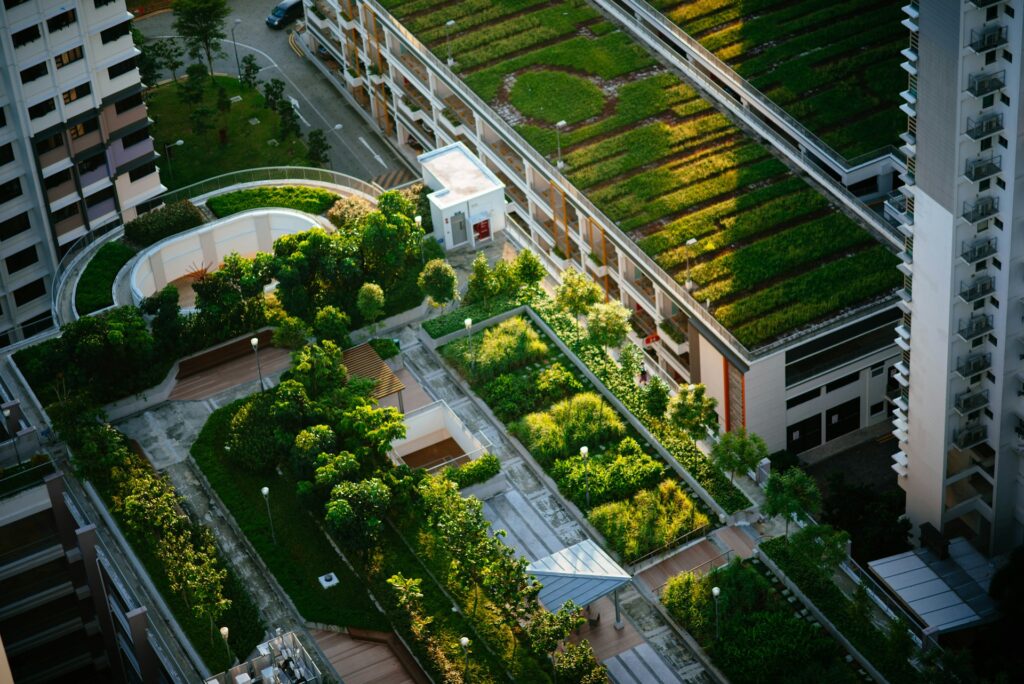
Your site visitors, especially me appreciate the time and effort you have spent to put this information together.
Thank you so much! I’m glad to hear the effort I put into the content is appreciated. Knowing it’s helpful to you and others makes it all worthwhile.